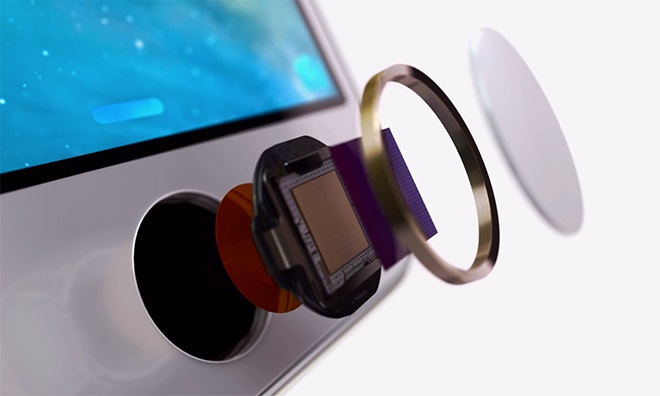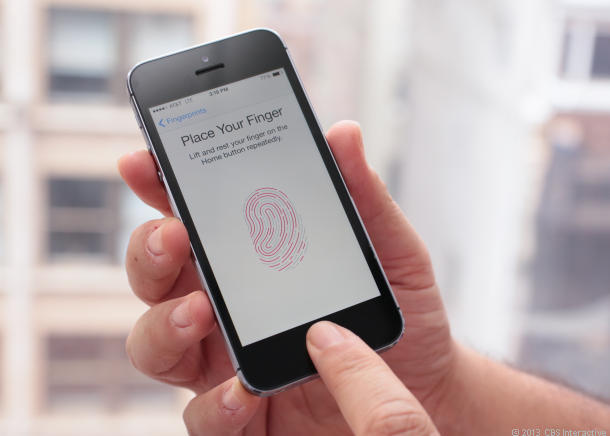Apple’s official Malaysian retail prices for the latest iPhone 5c and 5s were revealed last week, and for the first time since the iPhone 3G in Malaysia, the retail price of the new iPhone has gone up. And we’re not talking just a minor bump in price here: there’s been an increase of as much as RM350 compared to its now-discontinued predecessor.
That got us thinking. Every iteration of the iPhone has naturally brought about all-round improvements, be it in the processor, camera sensor or even chassis – but with an ever-decreasing retail price. What’s changed this time?
Two words: Touch ID.
Could it really be that Apple Malaysia is charging a premium for the new iPhone 5s simply because of the new fingerprint sensor?
Article continues after the jump.
For every iteration of the iPhone, there has always been a bump in specs, whether it is a minor one like the iPhone 3GS or a major one like the iPhone 4S. Yet, one of the more admirable things Apple has done with its iPhones is in the consistency of its retail prices.
In the US, every new iPhone has stuck with the same $649, $749 and $849 retail price for the 16, 32 and 64GB variants since the iPhone 4. In Malaysia, it is slightly different. Since the days of the iPhone 3G in Malaysia, the retail prices have been steadily going down with each new iPhone launched here, as shown in the table below:
Of course, the iPhone 3G and 3GS were exclusive only to Maxis in Malaysia, allowing them to charge quite a premium for the device. A good indicator here is from the iPhone 4, when it was no longer a carrier-exclusive device, where there were steady price reductions across the board.
The only time the retail price of a new iPhone in Malaysia went up was for the iPhone 5, when the 16GB version rose an almost-insignificant RM9 (the 32 and 64GB versions remained cheaper from its previous iterations).
This year, every variant of the iPhone 5s will see a price increase compared to the iPhone 5: the 16GB variant by RM200, the 32GB variant by RM250 and the 64GB variant by a whopping RM350.
And that’s quite an oddity. Historically speaking, there shouldn’t be a reason why Apple should be raising its prices for its latest iPhones. The shift from the iPhone 4 to the 4S was seen by many as a significant upgrade, and yet the Malaysian retail prices dropped RM100 across the three storage options. The shift from the iPhone 5 to the 5s is just as significant, so why is there a price hike as much as RM350?
The jump from an A6 processor to a 64-bit A7 processor is certainly a big one, as is the introduction of a better camera. But those are to be expected from a company producing flagship smartphones once a year. The other new addition here is the Touch ID fingerprint sensor – leaving us to deduce that this single addition alone could be responsible for the iPhone 5s’ price hike.
Now, Apple has a reputation for dancing to its own beat when it comes to its retail prices. In almost every device segment, from laptops, tablets and smartphones, Apple’s products always come with a premium price tag. As I mentioned before, the company’s products have a certain pull that no other company can match, and are often priced out of the purchasing power of many.
But surely, the new Touch ID fingerprint sensor does not justify such a steep hike in prices? In the face of increasingly stiff competition from Android, how does raising the price of your latest flagship product help in any way other than the unenviable record of being the first consumer smartphone to breach the RM3000 mark?
http://www.youtube.com/watch?v=TJkmc8-eyvE
Touch ID, as can be seen in the video above, enhances the user experience of the new iPhone 5s simply by the convenience it offers and the near-perfect integration with Apple’s flagship iPhone. But does it justify spending an extra RM350 just to unlock your phone a few seconds quicker?
As consumers, you decide.
This article was co-written with Huei Song.
Follow us on Instagram, Facebook, Twitter or Telegram for more updates and breaking news.






